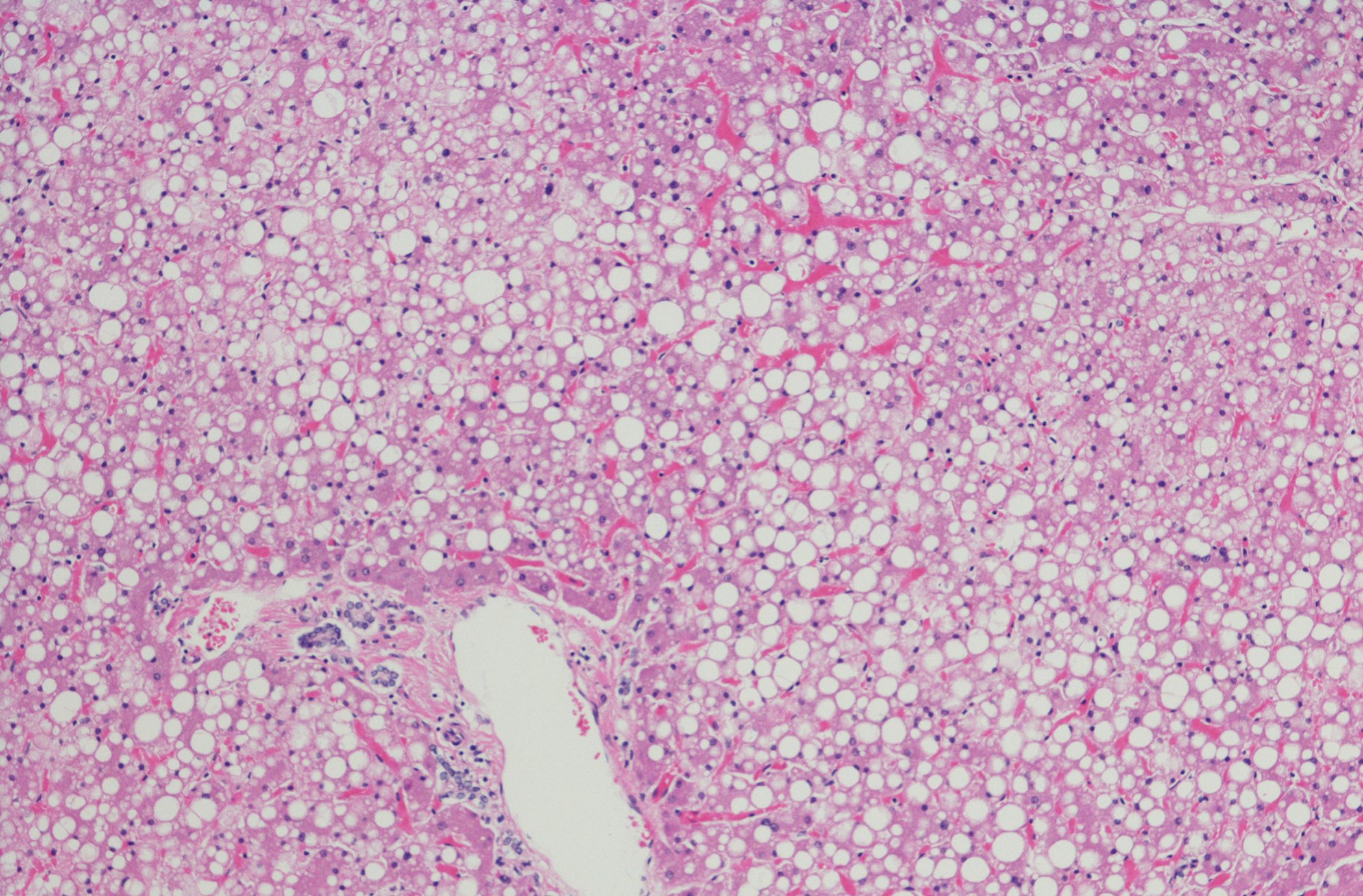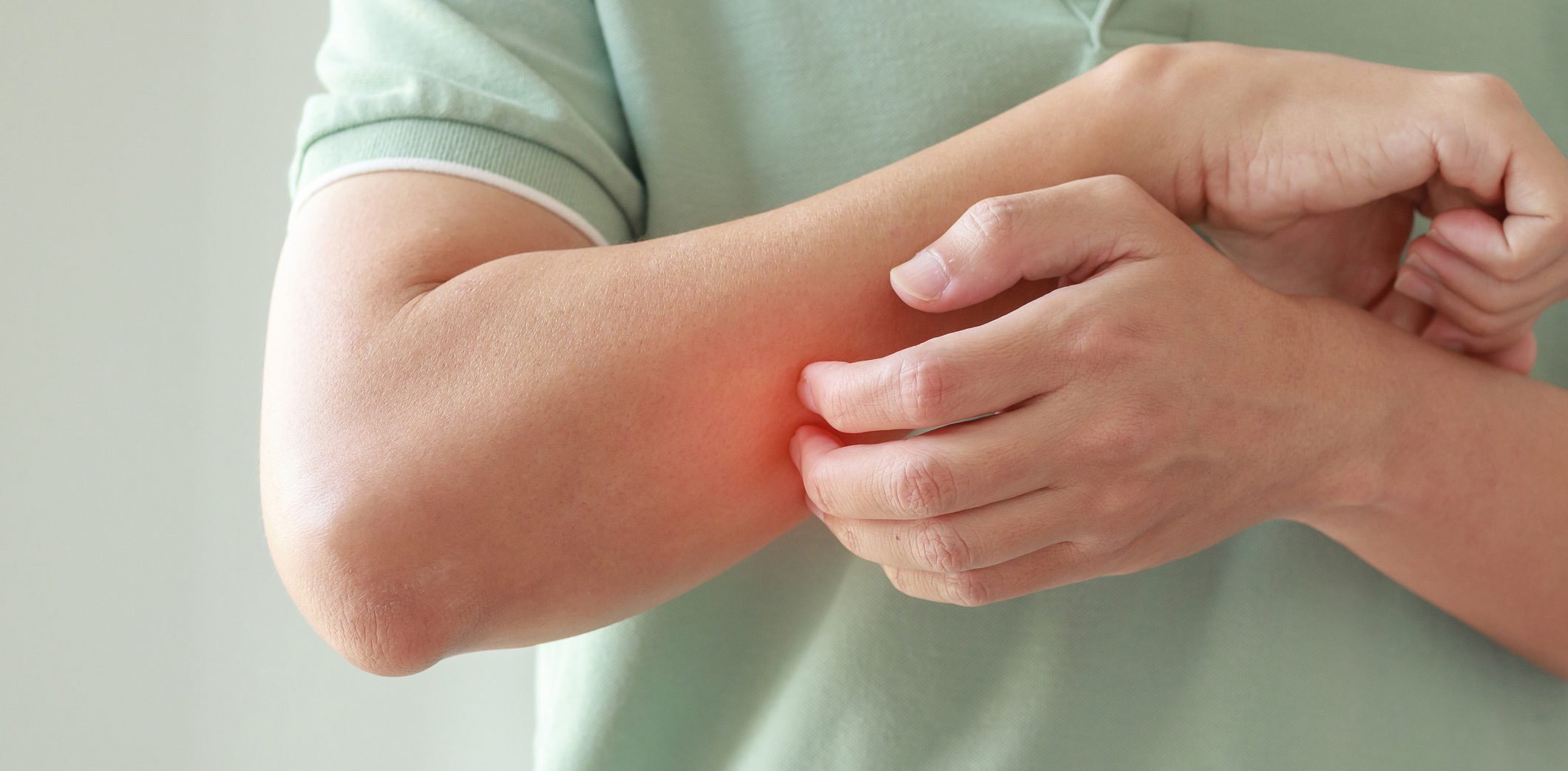Prevention and treatment of pressure ulcers are important aspects of everyday medical practice. The use of adequate wound dressings is an essential component and should be criterion-driven. The use of a multilayer silicone-containing foam dressing has been shown to be an effective adjunctive measure for both pressure ulcer treatment and pressure ulcer prevention.
The ulcers typical of pressure ulcers are the result of compressive ischemic tissue lesions due to nonphysiologically high pressure on all tissue layers. Patients with limited mobility (e.g., post-traumatic, post-operative) are particularly at risk for pressure ulcers. Patients with reduced sensitivity due to polyneuropathy or a disease of the central nervous system are also at increased risk. A comprehensive description of additional risk factors is included in the revised version of the international guideline on the prevention and treatment of pressure ulcers published in 2019 [1].
Braden scale for the assessment of pressure ulcer risk
The Braden scale can be used to assess risk in immobile and mobility-impaired patients [2]. The following six assessment criteria are used to determine the degree of pressure ulcer risk: sensory sensitivity, moisture, activity, mobility, nutrition, friction and shear forces. Each criterion is ranked on a scale of 1-4 points. Pressure ulcer risk exists with a cumulative score ≤18 points. Decubital ulcers are associated with an increased risk of systemic infections and can lead to significant impairment of well-being. Individuals with an existing pressure ulcer of any stage are at increased risk of developing a pressure ulcer of the next higher stage.
Criteria-guided selection of the appropriate wound dressing
The assessment of the pressure ulcer risk using the Braden scale or the severity of the pressure ulcer (e.g. by means of NPUAP/EPUAP criteria) serves as a decision-making basis for adequate measures of wound prophylaxis and care [3,4]. Prevention of pressure ulcers involves, among other things, ensuring that the skin is intact and protected, thereby preventing superficial skin injuries, for example. Risk factors for pressure ulcers vary interindividually, which should be taken into account when choosing the appropriate wound dressing. It has been shown that, in addition to standard intervention measures such as mobilization and mattress adjustment, adequate selection of the wound dressing is also crucial [5]. In manifest pressure ulcers, exudate management and infection prophylaxis and treatment are important aspects of wound care. In addition to considering the extent and nature of tissue damage, differentiation from other types of wounds that have similar characteristics to pressure ulcers is an important factor. These include venous ulcer, neuropathic ulcer, incontinence-related dermatitis, or intertrigo [3,4].
The range of prevention and treatment options has expanded with modern wound dressings. The selection of the appropriate wound dressing depends on the clinical picture, taking into account the wound bed, wound environment as well as the amount of exudate and infection status. The T.I.M.E concept shown in Figure 1 serves as a guide [12,13]. It is a guide to action developed by medical experts as a basis for phase-appropriate wound care. Wounds are classified according to the following indicators: Wound tissue (Tissue), degree of infection (Infection), exudate (Moisture) and edge area (Edge). An important therapeutic goal is to transform the wound microenvironment, characterized by persistent inflammation, into one that is conducive to healing. As part of a phase-adapted approach, wound cleansing and debridement are performed first, followed by stimulation of granulation tissue growth and promotion of epithelialization.

Polyurethane and silicone foam dressings are proven to be effective
Foam wound dressings or (silicone-coated) foam dressings are designed to absorb excess exudate but keep the wound environment moist without causing the tissue to stick to the dressing. This promotes the wound healing process. Other advantages of silicone- or polyurethane-containing foam dressings are that they are available without a film backing layer (as a wound filler) or with a film backing layer, as well as with an adhesive edge (for occlusion) or non-adherent with a wound base (for wound conditioning).
The fact that silicone-containing foam dressings are effective for pressure ulcer prophylaxis has been empirically proven several times. The conclusion of a randomized-controlled trial published in 2019 by Lee et al. is that a prophylactically applied highly absorbent and gently adherent polyurethane foam dressing with silicone coating (Allevyn™ Gentle Border) has a positive effect on the incidence of pressure ulcers in patients hospitalized in the intensive care unit [6]. Patients (mean age 61.03 years) with a mean Braden score of 14.29 ± 2.53 were randomly assigned to the intervention condition (n=35) or the control condition (n=31). The intervention condition consisted of standard therapy plus polyurethane foam dressing in the sacral region, and the control condition consisted of standard therapy alone [7]. Monitoring of the wound was performed every three days. Subepidermal moisture (“SEM”) proved to be an indicator for the diagnosis of a pressure ulcer at an early stage [7].

In a randomized-controlled trial published in 2018 by Forni et al. [8], it was shown that the use of a wound dressing with polyurethane foam and silicone coating was associated with a reduced incidence of pressure ulcers in the sacral region in hospitalized elderly patients (≥65 yr) after hip fracture [8]. Pressure sores after a hip fracture are common and have a negative effect on the patient’s condition and subsequent course. The primary end point of the study was the rate of pressure ulcers in the hip region within the first 8 days of hospitalization. Study participants were randomly assigned to the intervention condition (n=177) or the control condition (n=182). In the intervention condition, a gently adherent, highly absorbent silicone foam dressing (Allevyn™ Life) [9] was applied as an add-on to standard prevention. In the control condition, only standard prophylactic measures were performed. These included in particular regular mobilization of the patient, adjustment of mattresses depending on the “Braden score”, skin cleansing and care, and hydration. The incidence for pressure ulcers in the experimental group was 4.5%, significantly lower than in the control group, in which this rate was 15.4% (p=0.001) (Tab.1). The relative risk of pressure ulcer also proved to be significantly lower in the intervention condition (RR 0.29; 95% CI 0.14-0.61).
Conclusion
The positive effect of prophylactic application of wound dressings from previous studies has been confirmed in more recent empirical studies [7,8,10,11]. Specifically, silicone-containing foam dressings in hospitalized elderly patients as an add-on measure to standard treatment resulted in a reduction in the incidence of pressure ulcers and erythema [7,8]. Prevention of erythema due to ischemic tissue changes is an important factor in reducing pressure ulcers. Thus, the use of these dressings is an effective strategy, which proved to be most effective when combined with standard preventive measures. Due to the good adhesion of these wound dressings, it is also a cost-efficient method. Regular evaluation of the skin condition without changing the dressing is unproblematic and no skin lesions are induced upon removal.
Literature:
- European Pressure Ulcer Advisory Panel &National Pressure Injury Advisory Panel and Pan Pacific: 2019 abridged guideline: prevention and treatment of pressure ulcers: third edition published 2019, www.safw.ch
- Psychrembel: Braden Scale, www.pschyrembel.de/Braden-Skala/K00SJ
- European Pressure Ulcer Advisory Panel: Prevention and Treatment of Pressure Ulcers: Quick Reference Guide, www.epuap.org/wp-content/uploads/2016/10/quick-reference-guide-digital-npuap-epuap-pppia-jan2016.pdf
- National Pressure Ulcer Advisory Panel: Prevention and Treatment of Pressure Ulcers: Clinical Practice Guidelines, www.internationalguideline.com/static/pdfs/NPUAP-EPUAP-PPPIA-CPG-2017.pdf
- Boyko TV, et al: Review of the Current Management of Pressure Ulcers. Adv Wound Care (New Rochelle). 2018 Feb 1; 7(2): 57-67.
- Smith & Nephew GmbH: Allevyn™ Gentle Border, www.smith-nephew.com/deutschland
- Lee Y, et al: Use of prophylactic silicone adhesive dressings for maintaining skin inte-grity in intensive care unit patients: A randomized controlled trial. Int Wound J 2019;16(Suppl. 1): 36-42.
- Forni C, et al: Effectiveness of using a new polyurethane foam multi-layer dressing in the sacral area to prevent the onset of pressure ulcer in the elderly with hip fractures: A pragmatic randomized controlled trial. Int Wound J 2018; 1-8. DOI: 10.1111/iwj.12875.
- Smith & Nephew GmbH: Allevyn™ Life, www.smith-nephew.com/deutschland/fachgebiete/wundmanagement/schaumverbande/allevyn-life/
- Clark M, et al: Systematic review of the use of prophylactic dressings in the prevention of pressure ulcers. Int Wound J 2014; 11: 460-471.
- Moore ZEH, Webster J. Dressing and topical agents for preventing pressure ulcers. Cochrane Database Syst Rev 2013; 8:CD009362.
- Ayello EA, et al: TIME heals all wounds. Nursing 2004; 34: 36-41; quiz, 41-2.
- Klein S, et al: Evidence-based topical therapy of chronic wounds according to the T.I.M.E. principle. JDDG 2013; 11(9): 819-829.
- Tottoli EM, et al: Skin Wound Healing Process and New Emerging Technologies for Skin Wound Care and Regeneration. Pharmaceutics 2020; 12(8): 735.
HAUSARZT PRAXIS 2021; 16(2): 23-24













